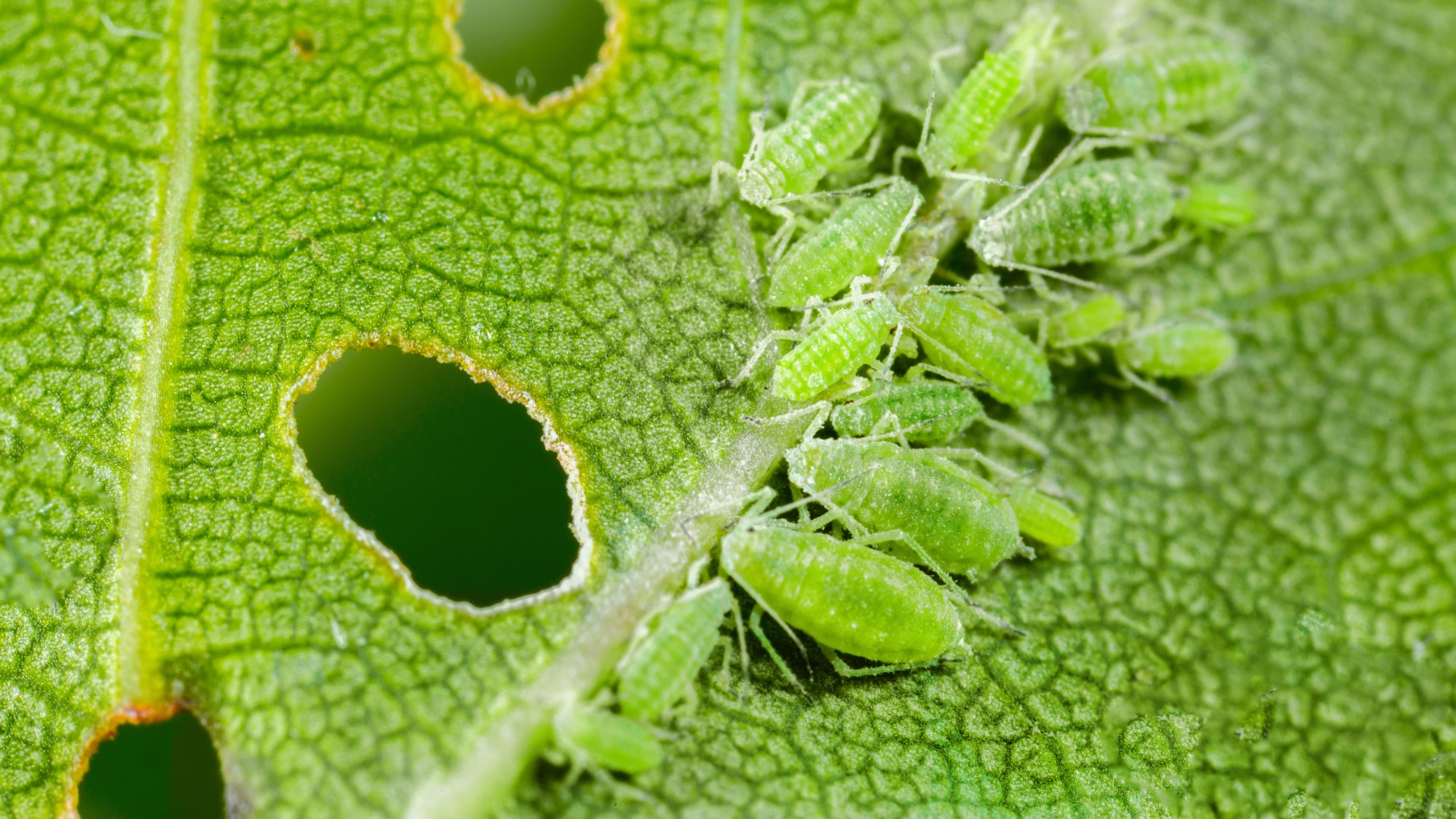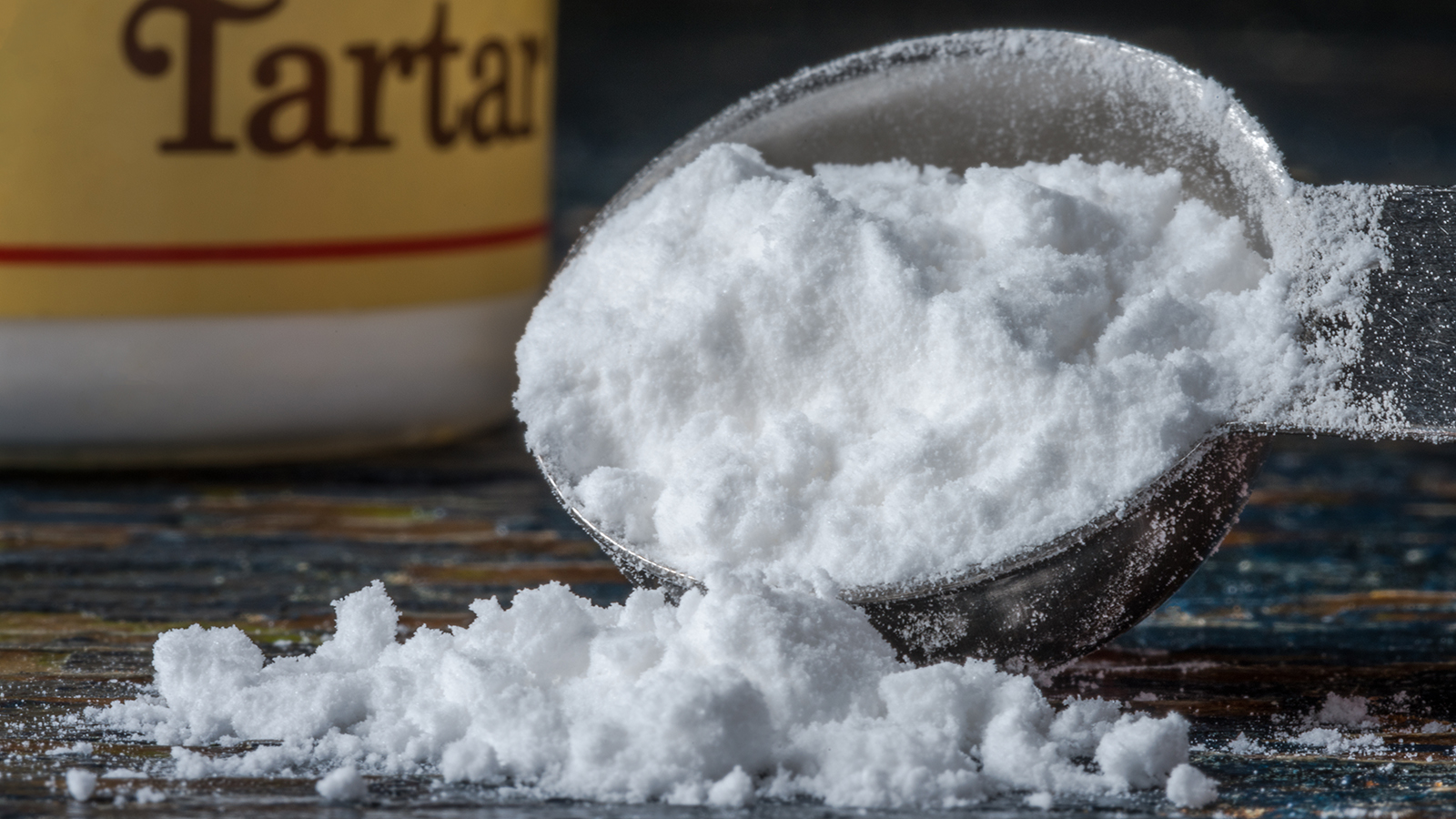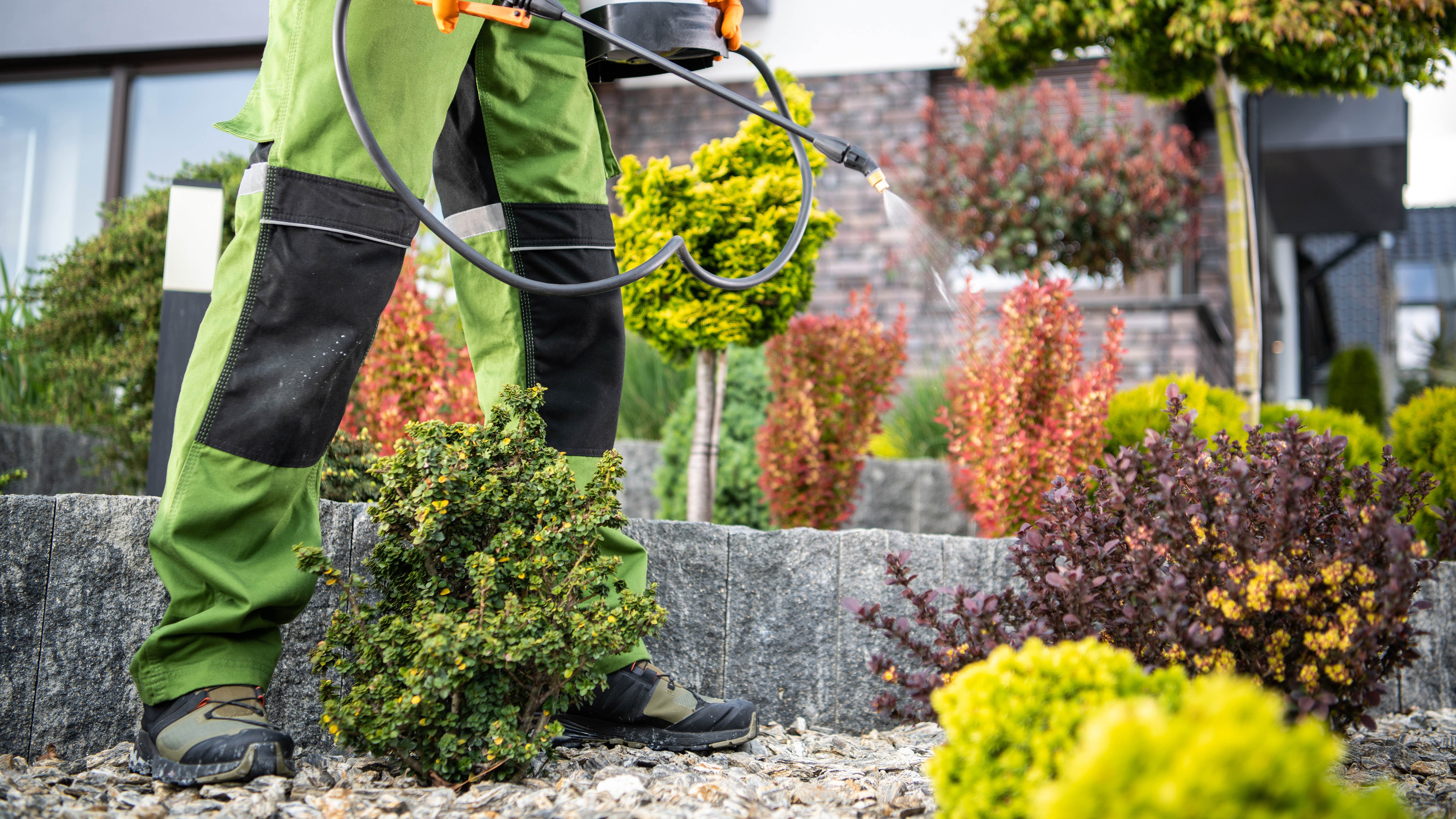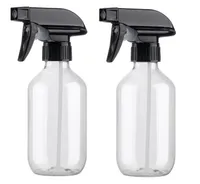Keep aphids out of your garden with this surprising ingredient
Why cream of tartar can drive away pests without damaging your plants

There are many friendly insects in the garden, from bees to butterflies, but there are also pests. Once a plant is happily rooted and growing in the backyard, much of the gardener’s job is to protect it from the creatures that want to prey on their greenery – and damage them in the process. Taking the time to practice pest prevention and treat existing infestations is often what separates a healthy garden crop from a sick or stunted one.
One particular pest to watch out for is the aphid. Also known as the greenfly or blackfly, aphids are small sap-sucking insects from the family Aphididae. Despite their unintimidating appearance, aphids can actually cause a lot of devastation to the garden if allowed to linger.
Fortunately, there’s a simple, safe way to treat aphid infestations and you might already have some in your kitchen cabinet. It turns out that aphids can be effectively deterred by the humble baking staple, cream of tartar.
Why experts recommend cream of tartar

Cream of tartar is known as potassium bitartrate or potassium hydrogen tartrate. When used in baking, it helps to stabilize egg whites, prevent sugar from crystallizing, and leaven goods when combined with baking soda.
When used in the garden, it helps to deter unwanted insects by forming an unpalatable, acidic layer on top of leaves. Although not toxic, the irritation is usually sufficient to drive away aphids.
There are many benefits to using cream of tartar:
- It’s cost-effective and easily accessible
- It is nontoxic to humans and beneficial to wildlife
- It causes no damage to the plant, so it can be readily used as a preventative measure
- It is easily and effectively applied with no long-term damage
How to use it

In terms of application, it’s recommended to make a liquid solution by mixing approximately two tablespoons of cream of tartar with one cup of water.
Get instant access to breaking news, the hottest reviews, great deals and helpful tips.
These simple spray bottles will allow you to decant your vinegar making it easier to target the ant trails. Plus, they're reusable, so if you want to use another natural pest repellent inside, it's easy. Each bottle has an adjustable nozzle and adjustment modes from fine mist to a steady stream.
“Mixing cream of tartar with a bit of water and spraying it on both sides of the leaves gives better coverage than sprinkling it dry,” recommended Wu. “Water helps the powder stick and spread evenly, and dry cream of tartar is almost useless because it can’t cling or reach tight spots, especially underneath leaves where aphids mostly hide.”
Other best practices include:
- Spraying early in the morning when the air is calm, as wind can disrupt the distribution of solution onto affected plants,
- Reapplying every 3-4 days, to ensure any new aphids are also targeted,
- Checking plants for infestation for two weeks after the final treatment, to confirm the entire population has gone.
Since the cream of tartar method relies on aphids experiencing enough irritation to move away from the infected plant and the garden at large, it can take a bit longer to work. On really serious infestations, you may want to first use a more powerful chemical agent to help bring the numbers down, and then switch to cream of tartar for continuted treatment and long-term prevention.
If you’re looking for other ways to use cream of tartar in the garden, Wu suggested sprinkling some cream of tartar around the base of potted plants, to create a physical barrier against ants and other small insects. You can also use cream of tartar to lower the pH of soil, since it is an acid, or even as a cleaning agent for pots or garden tools; simply mix with lemon juice or vinegar to treat rust, or mix with water to form an abrasive paste that can be used to remove grime and other stains.
Why it's important to get rid of aphids

“Aphids are plant vampires,” explained Andy Wu, founder of Backyard Oasis. “They suck fluid from stems and leaves, drain your plants, and stall plant development."
"A single aphid multiplies fast and produces hundreds of colonies within several weeks. They carry viral plant viruses from plant to plant and leave honeydew droppings behind for ants and sooty mold."
Not only that, but aphids target some of our most loved garden plants. "They'll kill roses, tomatoes, and most of the garden beds if they're left unchecked,” says Wu.
The downsides of chemical pesticides

You might be wondering why not just use a chemical pesticide. And yes, in many cases, these pesticides are an obvious first line of defence against insects like aphids. But they can be more damaging than helpful, especially with prolonged use.
The chemicals involved are harmful to humans, which means spraying them requires extra safety measures for anyone in the vicinity. They can also render any garden produce toxic and inedible if sprayed nearby.
Then there’s the fact that they are expensive, often need repeat application, and can change the makeup of the garden’s wildlife long-term.
As Wu explains, spraying a chemical poison not only kills off the pests but also the beneficial animals in the garden, from pollinators to birds and even small mammals. You may manage to eradicate the infestation, but the garden will suffer in different ways without the good creatures. Ironically, this might even handicap future aphid prevention.
Aphids have some natural predators in the garden, such as ladybugs and lacewing flies. When you kill these animals along with the aphids themselves, you make it easier for future aphid populations to arrive and thrive unimpeded.
“Excessive use also gives rise to pesticide-resistant species of aphids, which are even more difficult to kill with every passing season,” adds Wu.
More from Tom's Guide

Despite making her home in urban metropolises, Madeleine Streets has been nurturing a green thumb for decades.
Raised by a garden designer, she is putting that childhood education to use by helping others learn how to make their garden bloom, while filling her own New York home with cat-friendly plants.
When not writing about gardening and the outdoors, Madeleine loves to cook, study wine and borrow books from her local library.
You must confirm your public display name before commenting
Please logout and then login again, you will then be prompted to enter your display name.

